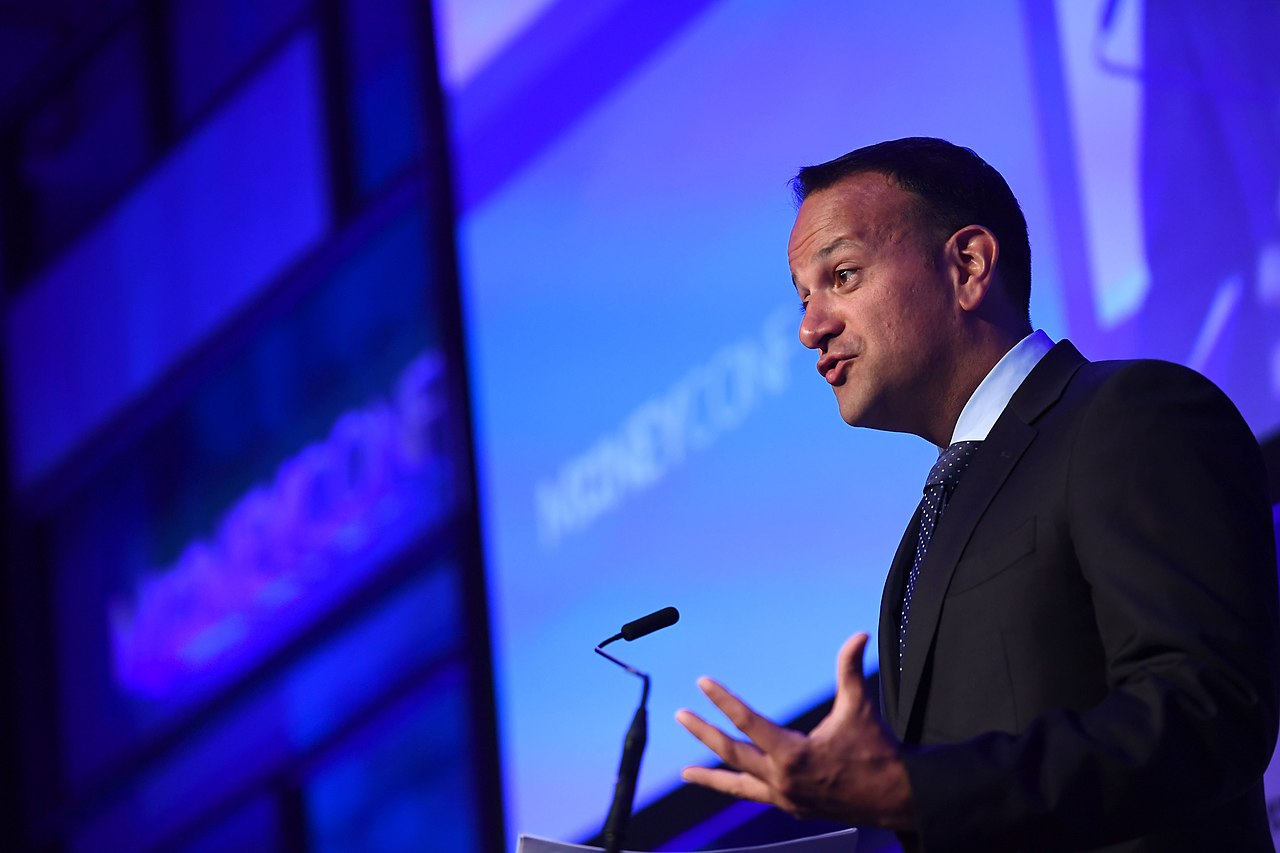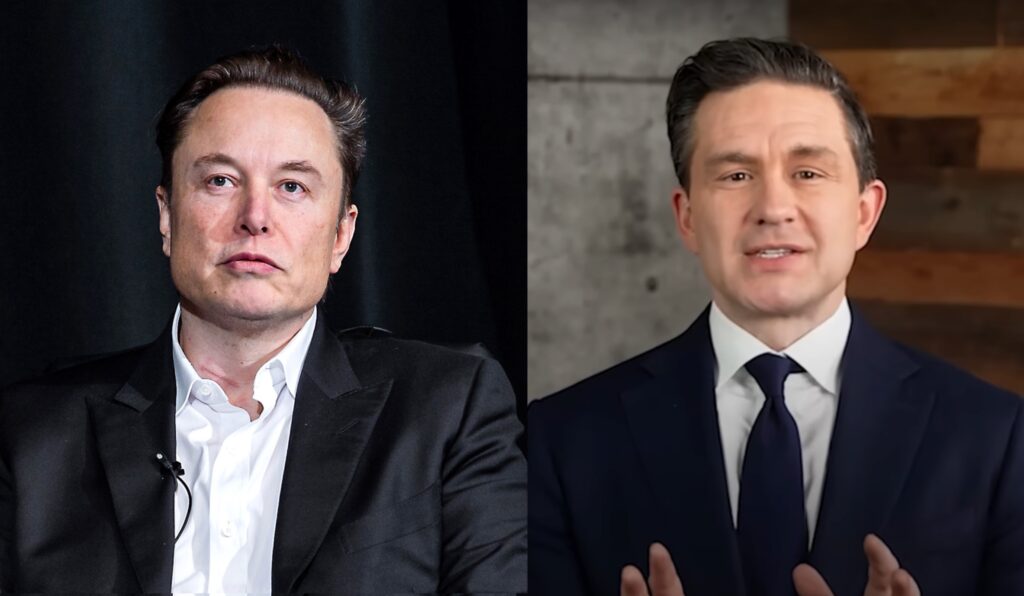Ireland’s three prospective coalition partners have just agreed the strongest commitments to climate and environmental action in over a decade.
The newly published Programme for Government, agreed after weeks of negotiations between the centrist Fianna Fáil, centre-right Fine Gael, and Green parties, is “the most progressive programme for government from a climate point of view that we’ve seen,” according to Intergovernmental Panel on Climate Change (IPCC) contributor and former An-Taisce President, Professor John Sweeney.
The programme now has to be ratified by the membership of each of the parties, a process likely to take upwards of a week.
Like what you’re reading? Support DeSmog by becoming a patron today!
While the Green Party, with just 12 out of 84 seats in the coalition, is the junior partner, it is widely seen as the winner in terms of having much of its policy agenda inserted into the programme.
Fianna Fáil and Fine Gael have never been in coalition before, and have been bitter political rivals since the civil war almost a century ago. Fianna Fáil is viewed as populist and pragmatic on environmental issues, but Fine Gael has been the lead party in government for the last nine years and is widely recognised to have a poor record on green issues.
While Fianna Fáil are anxious to return to power after nine years, it is less certain that Fine Gael members will support coalition proposals. And within the Green Party, despite its recent electoral resurrection, where it went from two to 12 MPs, there are deep divisions over going into government.
Leader, Eamon Ryan and deputy leader Catherine Martin have been at odds on this issue, with Martin notably unenthusiastic about entering government. This view is shared by many especially younger and arguably more radical members. Three members of its parliamentary party this week abstained when the deal was voted on. It will require the approval of two thirds majority of its wider membership to enter government, and that remains in question.
Climate commitments
The Green Party’s key demand, that Ireland commits to seven percent average annual reductions in greenhouse gas emissions throughout the 2020s, is now part of the programme. This should lead to a 51 percent total emissions cut by 2030 and net-zero emissions by 2050.
Ireland is also planning to scrap its existing Climate Change Advisory Council, a body dominated by economists which has been seen as conservative and largely ineffective. It is to be replaced with a newly formed Climate Action Council (CAC) with executive rather than just advisory functions. The incoming government also promises to enact a Climate Action Bill within its first 100 days.
The programme also undertakes to “work with the European Commission to advance a stronger National Energy and Climate Plan (NECP) for 2030”.
The Bill will define how five-year carbon budgets are to be set and managed. The programme is notably vague on what emissions cuts will be achieved in the term of the incoming government, however. It states that “many of the changes started in the first carbon budget period (2021-2025) will only lead to reductions in the second carbon budget period”.
Sweeney warned that “backloading of the seven percent commitment to the second half of the decade is not good, and runs the risk of repeating the experience of the past, when aspirations and commitments were not realised”.
His concerns are echoed by Social Democrat member of the Irish parliament, Holly Cairns, who told DeSmog that, “without timelines and a commitment that all sectors will work to reach this target, I have grave concerns about the seven percent annual emissions target being met”.
While the mechanisms by which Ireland can achieve a 50 percent emissions cut by 2030 are hotly debated, in contrast, in the period 2005-2019, according to the Environmental Protection Agency, it achieved “at best” around a one percent emissions cut in 15 years.
Energy and transport reforms
On energy, the programme commits to delivering at least 70 percent renewable electricity by 2030. Today, around one third of Ireland’s electricity is powered by onshore wind farms. In the near-term, the plan includes adding five gigawatts of offshore wind off the east coast, between Ireland and Wales.
However, the longer term plan envisages “at least 30 gigawatts of offshore floating wind power” in the deeper waters off Ireland’s Atlantic coast. If delivered, this would position Ireland as a significant net energy exporter for the first time in its history. A €1 billion, 500 megawatt, interconnector direct to France and bypassing the UK, spurred on in part by Brexit-related concerns, is due to be operational by 2026.
While wind power has already achieved significant inroads in Ireland, solar is virtually non-existent, unlike in the UK, where over 13 gigawatts of installed capacity already exists. The programme promises to expand and incentivise micro-generation, including roof-top solar.
A key demand of the Green Party had been to end all new oil and gas exploration in Irish waters, and this has been achieved. In addition, and as recently reported by DeSmog, the proposed Shannon LNG terminal is to be withdrawn from the 2021 EU Projects of Common Interest list, meaning it has no chance of proceeding.
The programme also commits to a dramatic 10-fold increase in the national retrofitting programme, with the aim of completing 500,000 homes to a B2 energy rating this decade, which is around one in four of all Irish homes.
Another win for the Greens in the programme is a major shift in public funding on transport. For the first time, cycling and walking are to receive 20 percent of the total capital budget, which translates into a commitment of €360 million a year. This will fund upgraded and protected cycle lanes and improved pedestrian infrastructure.
Since the COVID-19 outbreak, public transport capacity is severely restricted and there has been a major increase in cycling as traffic levels abated during lockdown. The programme gives the incoming government the opportunity to put in place a high-quality cycling infrastructure.
Stalling on agriculture
One crucial area where little substantive progress has been made is in tackling Ireland’s spiralling agriculture emissions, which have risen by eight percent since 2015, despite repeated claims about improved efficiency.
The rapid expansion of the dairy herd over the last five years has driven the increases, but the sector is profitable and politically powerful.
Most Irish beef farmers on the other hand are unable to make a living, and in the last two years, an additional €200 million in taxpayers’ money has been paid to prop up a loss-making sector, cash that might have been invested in supporting organic farming, which languishes at below two percent of farm land, among the very lowest in Europe.
Such reform has been stymied by the main farmers’ organisations, as they continue to lobby for the intensified commodity production model of high volume, high input beef and dairy output favoured by the agri-food corporations and meat factories.
One third of Ireland’s annual 60 million tonnes in carbon dioxide-equivalent emissions are accounted for by agriculture, with dairy and beef production producing over 92 percent of Ireland’s methane and nitrous oxide emissions. Ireland is responsible for more than three times the EU per capita average of these emissions.
The programme for government appears to fudge this issue, referring to “the distinct characteristics of biogenic methane as described by the IPCC”. The term “biogenic” is being used by lobbyists to imply that the IPCC is saying agricultural emissions are natural and therefore of little concern. The IPCC makes it clear that agricultural methane emissions are human-caused rather than natural and therefore require serious attention.
Updated 18/06/2020 to clarify IPCC position on biogenic methane.
Image credit: MoneyConf/Wikimedia Commons CC BY 2.0
Subscribe to our newsletter
Stay up to date with DeSmog news and alerts







